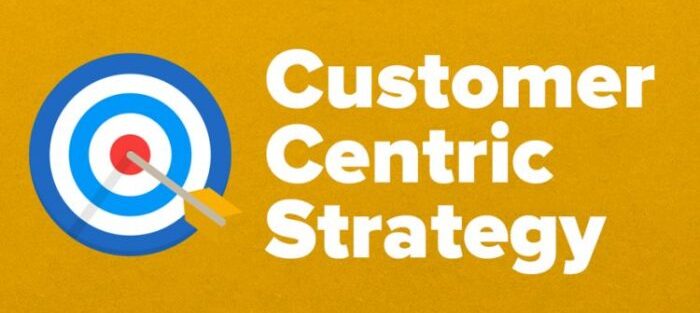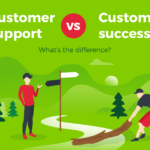IN MARKETING, COMMUNITY CLOUD, COMMERCE
Did you know that 80% of customers say the experience a company provides is as important as its products or services? The good news is digital leaders are investing in better experiences. But where can those leaders find the data required to increase personalization and reduce friction across engagement channels?
End disconnected experiences
Your customers want seamless experiences across every touchpoint where they engage with your brand. But too often, they’ll get one experience in an email, a different one on mobile, and yet another on a website. Service interactions feel different than commerce, which feels different than marketing. Viewed separately, each experience might be okay, but moving between them feels disjointed. It can seem like you’re interacting with different companies.
So, how can digital leaders like you engage customers across channels in ways that remove confusion and friction? A digital experience platform (DXP) is intended to do exactly that. You use a DXP to create integrated digital experiences like websites, portals, and mobile apps that include marketing, commerce, and service content along with related processes.
Yet a DXP is only as good as the data you use to drive experiences. And you’ve probably already got all of the data you need. Look to your CRM. It’s the best customer data available, and you can use it as the foundation for much more than great service or sales experiences when you use it with a DXP.
Having a DXP connected to your CRM data gives you three major advantages:
1. A reliable source of customer data across experiences
When data originates from your CRM, you’re taking advantage of your customer-centric source of truth. This means you can be confident that the customer information driving your experiences is the same across all digital touchpoints. And a CRM-based view of the customer means their information and preferences will follow wherever they engage with your brand.
2. Consistency across touchpoints
As customers move between your website, mobile, and other digital touchpoints, you can provide a seamless experience. That doesn’t just mean that service agents have insight into what happens across channels (but that’s important!). Working together, a DXP and CRM can make every aspect of experiences – branding, content, data, and products – consistent.
3. Personalized experiences and content
Content is the conversation you have with customers. That’s why a DXP encompasses content management. So linking CRM and a DXP helps deliver the right content to the right customer at the right time. That’s true whether the content is an FAQ for a recently purchased product or a blog post about a product launch. Matching customers to relevant content increases engagement, conversions, and loyalty.
When digital experiences come together
When you have a single source of customer data, it’s easier to make consistency and personalization core to digital experiences. You can start to deliver experiences that customers find more engaging. Connecting CRM and DXP can help remove the seams from digital experiences. Even if you start small, making CRM core to every experience sets you up to go big by providing a customer-centered foundation for better experiences.




